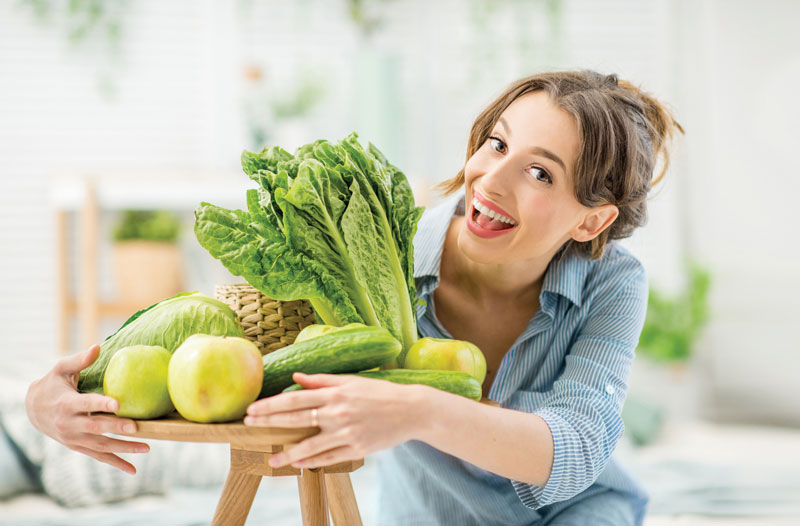Mixing together egg whites, seaweed powder, and vegetable pigment sounds like the beginning of a witches brew. This concoction will soon be paint used in an art classroom. Taking cues from Renaissance painters there is a group of educators using the garden for more than visual inspiration. In a community that is learning to shun single use plastic, speak out on the dangers of chemical based fertilizers, and look for energy alternatives, why have we not yet embraced an ecological change in the classroom.
A survey of seven Metro Nashville Public School art classrooms found that each classroom had an average of 346 crayons. There are over 70 elementary schools in Nashville, if you take 346, and multiple it by 70 that means over 24,000 crayons are in Nashville alone. Now, let’s look nationally, the United states has about 90,000 registered elementary schools. Multiple 346 by 90,000 we are looking at 31,140,000 crayons in elementary schools, alone! Thirty-one million crayons, that is a staggering number. Thirty-one million crayons made with questionable materials, through less than ecological processes.
Let’s get back to the witches brew from earlier. All three materials listed (egg whites, seaweed powder, and vegetable pigment) came from gardens. The eggs were purchased at Double L Market in Westport, and came from someone’s backyard in Easton. The seaweed powder was grown in San Francisco on a seaweed farm, and the pigment came from spinach grown in an art garden in Ridgefield. Our gardens are powerful resources for more than just food, why do we often not see them in this way?
Crieve Hall Elementary School in Nashville, TN has taken that question head on and begun to change their school for the better. Their garden wasn’t put up by volunteers and forgotten, but it has become an essential part of many of the school’s curricular threads. Science classes wander outside for bird and bug watching. Math classes use the plants in the garden to learn about symmetry, and art class was brought outside to learn about observational drawing and botany. This idea that gardens can be multi-faceted and used beyond a single purpose is one we should be embracing and seeking out.
Like the elementary school in Nashville, we in Connecticut need to look to our gardens for more than their expected use. Below is a list of four creative ways to elevate your garden beyond its expected use:
1. Look for Scraps
Sometimes when we are growing food we will have produce knocked off the vine too early, or we will lose bits and pieces to our animal friends. Whenever you see a scrap of food from your garden you won’t use put it in your compost! Rather than letting it wallow on the garden floor and rot, double the environmental value by allowing it to help create fertilizer for the following season.
2. Preserve What You Can
:
Sometimes we grow more than we need, and a surplus of food can mean a surplus of food waste. Instead, get creative and fermented what you can. Is there extra kohlrabi looking back at you right now? Treat it like a radish & ferment for a fun sour treat.
Here’s a great recipe:
- 3 c. Washed & Sliced Kholrabi
- 2 -3 Peeled Garlic Cloves
- 3 tbs. Salt
- 4 c. Filtered Water
Mix your water and salt together to create a brine. Add your kholrabi & garlic to a sterilized mason jar. Pour brine solution over kohlrabi. Leave to ferment 4 – 7 days in a cool room away from sunlight. (Ferment 4 days for less sour kholrabi, 7 days for extra sour kholrabi). Once fully fermented place in refrigerator and enjoy.
3. Attract the Bees
Planting for bees, specifically, is one of the best ways you can turn a good garden into a great garden. Plants such as Black Eyed Susan, Golden Rod, & Summer Lilac all make attractive garden additions for bees and the human eye.
4. Create a Healthy Habitat
No one likes a rabbit in their garden, but we do like to see wildlife in our environment and should avoid chemical fertilizers. Embrace the wildlife and plant a garden that invites their company but keeps their snacking at bay. Inter-planting marigolds with crops will ward off deer. Placing a dummy owl will frighten birds, and adding netting to berries and tomatoes are just a few examples on how to keep wildlife around, but deter them from our gardens.
Our gardens can be used for more than growing and harvesting. The above suggestions will allow you to keep harvesting and enjoying a healthy garden, but there are plenty more ideas on how to have a garden that is productive beyond a physical yield. Creating art and lifestyle materials from our gardens are all within your reach if you look hard enough, and I invite you to do so!
Shannon Carey is the Founder & Lead Educator of Three Roots Education. A Garden & Art Education Center in Ridgefield, CT. She is a certified art educator who brings with her experience as a farm hand, botanical garden educator, and avid raspberry eater. Classes for Toddler – Adults are available on topics ranging from fermented foods to organic textile design at Three Roots Education Year Round.
